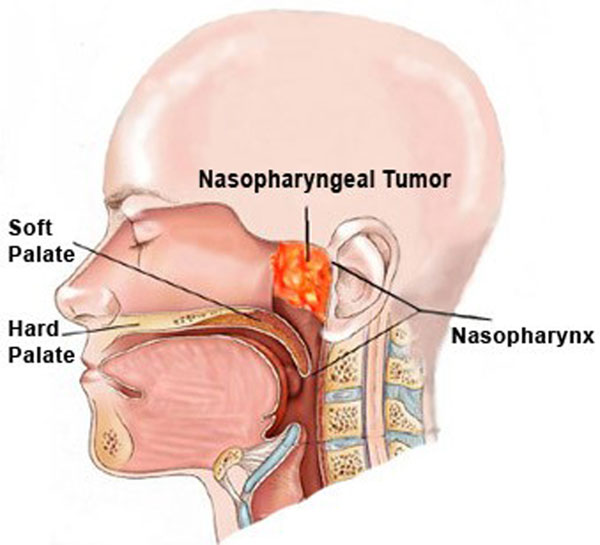7 Danger Signs of Nose and Throat Cancers: What to Watch Out For!

Recently, at our busy ENT specialist clinics in Singapore, we have detected a few new cases of nose and throat cancers in patients who did not realise that their ENT symptoms were due to tumours growing inside. Many people tend to think it might “just” be a blocked nose, or blocked ear, or “I guess it might go away soon” or “it’s just one of these things” but frankly, benign non-worrying conditions will usually get better in a week, maybe two. If your ENT symptoms don’t seem to be improving, then you really should go see your friendly ENT specialist in Singapore to get it thoroughly checked out just in case. Here are some interesting anecdotes with some details obviously changed to preserve my patients’ confidentiality.
A 40 yr old businessman presented to me with a left-sided blocked nose and blocked ear, saying that he had hoped it would go away by itself, so he had not bothered to seek medical help for more than a month. When I examined his ear with the ENT microscope, I could see fluid trapped behind his left eardrum. Although this commonly occurs after a bad cold or flu, it is absolutely critical for an ENT specialist in Singapore to carefully examine the back of the nose (postnasal space) with an endoscope camera to screen for nose cancer. Interestingly, I found a lump growing just inside the front of his nose with only some slightly abnormal tissue changes at the back of his nose near his Eustachian pressure tube. I had expected to find a mass growing in the back of his nose but this seemed unusual because there was no actual mass at the back of his nose. We arranged urgent biopsies for him anyway under general anaesthesia. To my surprise, the results turned out to be throat cancer, rather than nose or nasopharyngeal cancer as I had originally suspected.
Subsequent scans showed the throat cancer to be originating from the soft palate (see picture above), the area at the back of his throat, which had grown upwards and forwards to affect his ear and nose. Although smoking and alcohol are well-recognised risk factors for throat cancer, he had never smoked or drunk alcohol before in his entire life. Which meant that the other risk factor to consider could be HPV infection (Human Papilloma Virus), which is often sexually transmitted. Gardasil-9 is now strongly recommended to those under the age of 45 to protect against infection from high risk HPV strains to reduce the risk of both head and neck cancers, as well as cervical cancer. This important vaccine is available at all good ENT clinics in Singapore, including ours.
Early diagnosis means the opportunity to have early treatment so an urgent referral to an oncologist (cancer specialist) was made for him to undergo chemotherapy (special medication) and radiation treatment as soon as possible.
Another patient, a 35 yr old journalist, had been suffering persistent blocked nose with yellow discharge and recurrent nosebleeds for a while. He came to see me, thinking it might “just” be allergy problems with his nose or a sinus infection. However, when we passed the nasoendoscopy into his nose, a large mass was seen at the back of the nose (postnasal space), covered in thick secretions. After cleaning his nose out, biopsies of the mass were performed in clinic and scans were organised for the very same day. The biopsy results showed nasopharyngeal cancer (NPC), a nose cancer which occurs in the Chinese population, with 1 in 8 people here being diagnosed with NPC. This nose cancer is associated with another virus, Epstein-Barr Virus (EBV), which many people tend to carry and often are unaware of this. Again, this patient was urgently referred to the oncologist for further chemoradiation treatment. NPC, if detected and treated early enough, carries a relatively good prognosis and survival rate.
So what can these cautionary Singapore ENT tales teach us? Keep an eye out for these Seven Danger Signs of Nose and Throat Cancers:
- Recurrent nosebleeds
- Persistently blocked nose, even more important if it is only blocked on one side.
- Blocked ear
- Persistent sore throat or feeling of throat discomfort
- Neck lump
- Persistent hoarse, croaky voice, especially if not better after 2 weeks.
- Persistent ear ache, especially if only in one ear and not better with antibiotics
Share this blog via:


